Buy this landscape artwork Supermoon over the High Fens by Peter Poppe on canvas, ArtFrame, poster and wallpaper, printed on demand in high quality.
About "Supermoon over the High Fens"
by Peter Poppe
About the artwork
A lunar eclipse occurs when the sun, the earth and the moon are aligned, with the earth naturally in the middle. Normally the moon reflects the sunlight to the earth - the moon itself does not give any light - but during a lunar eclipse that is not possible because the moon is in the shadow cone of the earth.
The moon therefore no longer receives - direct - sunlight, and the sunlight that still falls on it has passed through the earth's atmosphere and is deflected, so that it still reaches the moon. That sunlight is also "filtered" by particles in the atmosphere, the light with shorter wavelengths such as blue becomes more scattered, so that especially light with longer wavelengths, such as red light, remains. This means that the moon turns red during an eclipse.
The red color of the moon depends on the amount of material hanging in the atmosphere at the time of a lunar eclipse: large volcanic eruptions, which emit a lot of dust in the atmosphere, can make the moon dark and deep red, and large cloud decks can do that . Astronomers have a moon brightness scale during an eclipse, the Danjon scale, which ranges from 4 (copper / orange), over 3 (brick color), 2 (rust color) and 1 (dark gray / dark brown) to 0 (very dark).
Popularly the phenomenon is called a blood moon, but astronomers don't really like it. The name originated because the color red is often associated with blood, but as mentioned, the moon does not always turn red during an eclipse.

About Peter Poppe
The subjects I look for are nature, mostly landscapes, but also animals and plants can come in front of the lens. Especially dramatic images appeal to me. Sometimes I also look for more graphic and abstract images. For me it's all about just making the images that make.. Read more…
 Netherlands
Netherlands Ordered in June 2021
Ordered in June 2021
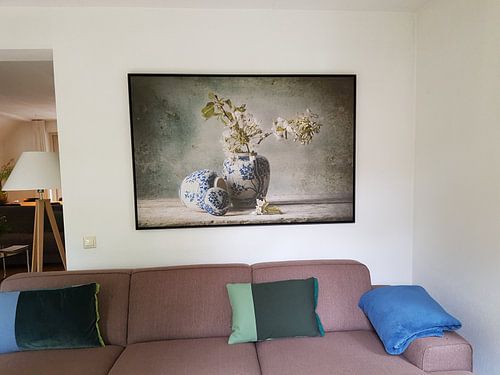
 Germany
Germany Ordered in September 2020
Ordered in September 2020
 Netherlands
Netherlands Ordered in February 2013
Ordered in February 2013
 Netherlands
Netherlands Ordered in June 2023
Ordered in June 2023
 Germany
Germany Ordered in November 2020
Ordered in November 2020
 Germany
Germany Ordered in May 2021
Ordered in May 2021
 Germany
Germany Ordered in January 2020
Ordered in January 2020
 Germany
Germany Ordered in July 2020
Ordered in July 2020
 Netherlands
Netherlands Ordered in August 2020
Ordered in August 2020
 Germany
Germany Ordered in May 2020
Ordered in May 2020
 Germany
Germany Ordered in March 2020
Ordered in March 2020
 Netherlands
Netherlands Ordered in June 2021
Ordered in June 2021
About the material
ArtFrame™
Interchangeable Art Prints
- High-quality print
- Easily interchangeable
- Acoustic function
- Large sizes available
Discover the artworks of Peter Poppe
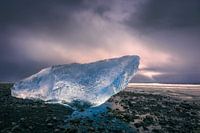 Diamond BeachPeter Poppe
Diamond BeachPeter Poppe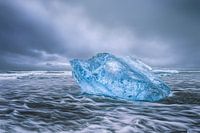 Diamond BeachPeter Poppe
Diamond BeachPeter Poppe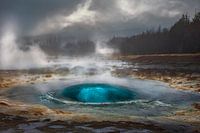 GeiserPeter Poppe
GeiserPeter Poppe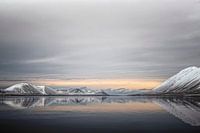 kolgraafjordur fjordPeter Poppe
kolgraafjordur fjordPeter Poppe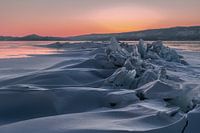 Wondrous Lake BaikalPeter Poppe
Wondrous Lake BaikalPeter Poppe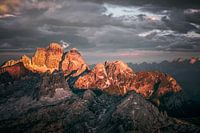 Sunset DolomitesPeter Poppe
Sunset DolomitesPeter Poppe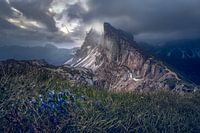 DolomitesPeter Poppe
DolomitesPeter Poppe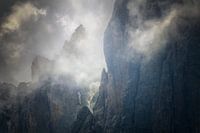 DolomitesPeter Poppe
DolomitesPeter Poppe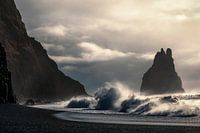 storm IcelandPeter Poppe
storm IcelandPeter Poppe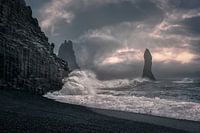 storm IcelandPeter Poppe
storm IcelandPeter Poppe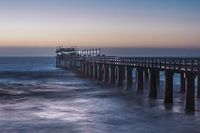 The JettyPeter Poppe
The JettyPeter Poppe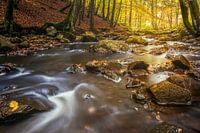 Autumn by the riverPeter Poppe
Autumn by the riverPeter Poppe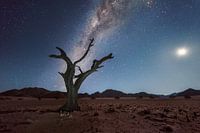 Namibia GalaxyPeter Poppe
Namibia GalaxyPeter Poppe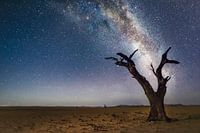 Namibia GalaxyPeter Poppe
Namibia GalaxyPeter Poppe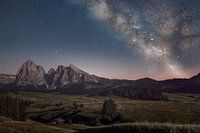 Galaxy over DolomitesPeter Poppe
Galaxy over DolomitesPeter Poppe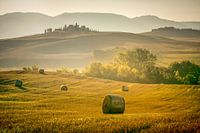 Tuscan LandscapePeter Poppe
Tuscan LandscapePeter Poppe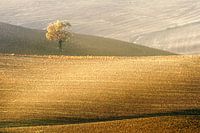 Tuscan LandscapePeter Poppe
Tuscan LandscapePeter Poppe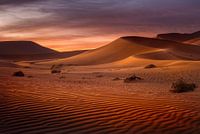 Sunrise in the desertPeter Poppe
Sunrise in the desertPeter Poppe sunrise SossusvleiPeter Poppe
sunrise SossusvleiPeter Poppe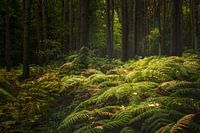 Mysterious forestPeter Poppe
Mysterious forestPeter Poppe
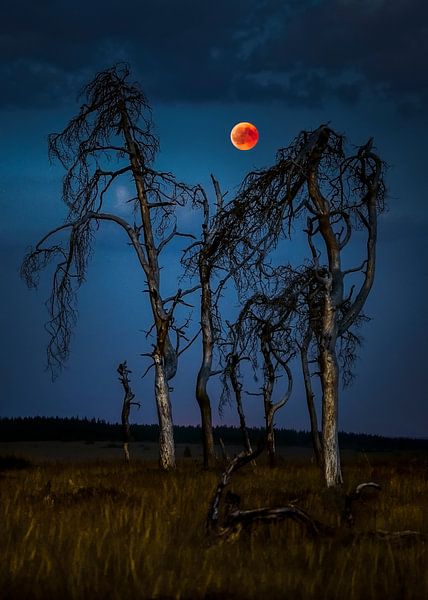












 Belgium
Belgium Forest
Forest Landscape photography
Landscape photography Landscapes
Landscapes Moon
Moon Mysterious Spheres
Mysterious Spheres Night photography
Night photography Photo wallpaper
Photo wallpaper Photography
Photography Serene Peace
Serene Peace Trees
Trees









